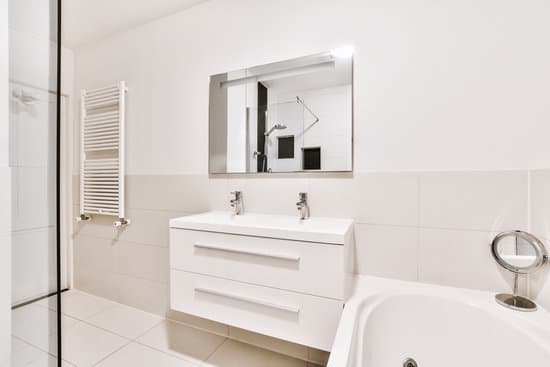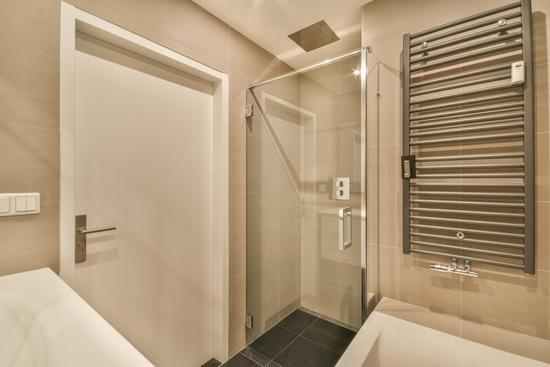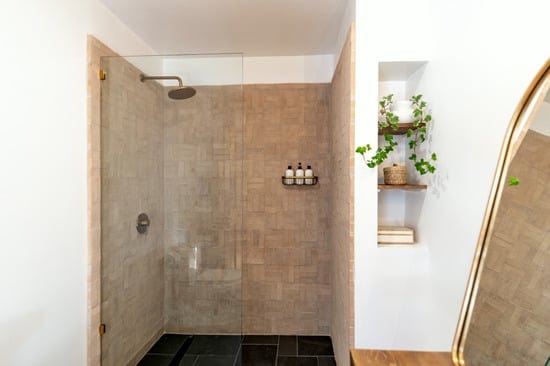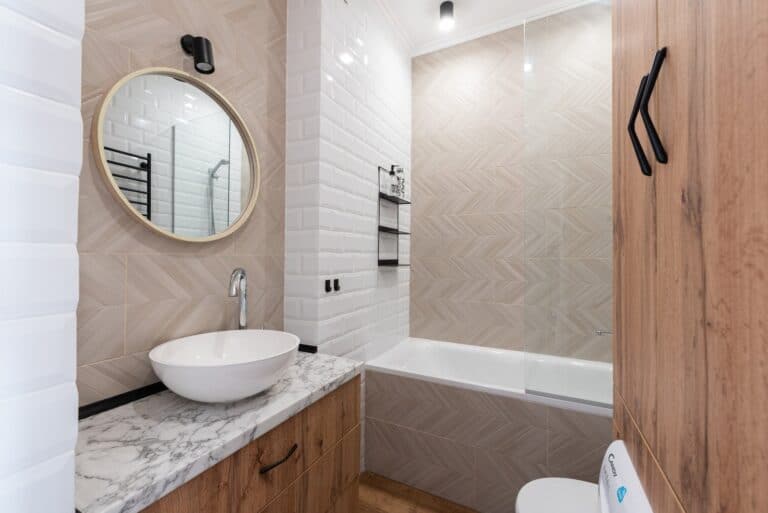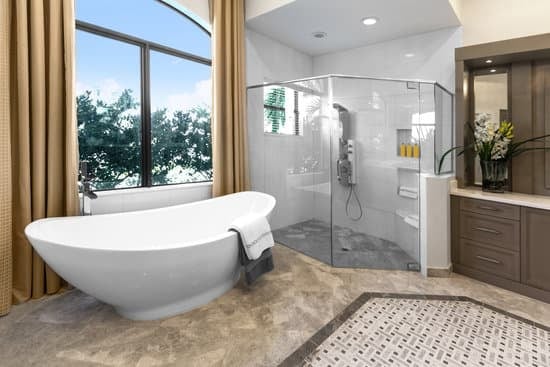Are you renovating your bathroom and wondering how high your tile should be on the walls? It’s an important question to consider, as the height of your tile can impact both the aesthetics and functionality of your space. In this article, we will guide you through the factors to consider when determining the appropriate height for bathroom wall tile. By following these guidelines, you can ensure a safe and visually pleasing outcome for your bathroom renovation project.
Consider Your Overall Design Style
When planning your bathroom wall tile height, it’s important to consider your overall design style. Design trends play a significant role in determining the height of your bathroom tiles. For a modern and sleek look, you may want to opt for full-height tiling. This involves tiling from floor to ceiling, creating a seamless and sophisticated appearance. On the other hand, if you prefer a more traditional or vintage style, you might choose to tile only halfway up the wall or create a decorative border with accent tiles.
Additionally, color schemes can influence tile height decisions. Light-colored tiles tend to make small bathrooms feel larger and brighter when used on the entire wall surface. However, darker tiles used at a lower height can create an elegant contrast against lighter paint colors above. Ultimately, finding the right balance between design trends and color schemes will help ensure that your bathroom walls not only reflect your personal style but also provide a safe and visually appealing space.
Assess the Size and Layout of Your Bathroom
Assessing the size and layout of your bathroom will help determine the appropriate height for tiling on the wall. When it comes to wall height, safety should be a top priority. You want to make sure that the tile is not too high or too low, as this can create hazards in your bathroom. The general rule of thumb is to have the tile go up to at least 6 feet above the finished floor level. This will protect your walls from water damage and make cleaning easier. However, if you have a smaller bathroom or a unique layout, you may need to adjust the height accordingly. It’s important to consider both functionality and aesthetics when determining tile placement in your bathroom.
Determine the Moisture-Prone Areas
To determine the moisture-prone areas, you’ll need to identify where water is likely to accumulate in your bathroom. Start by examining the shower or bathtub area, as this is where most of the water splashes and spills occur. Look for any signs of water damage or mold growth on the walls and floors around these fixtures. Additionally, pay attention to areas near sinks and toilets, as these can also be prone to moisture due to regular use. To prevent mold and other moisture-related issues, it’s crucial to implement proper waterproofing techniques. Consider using waterproof paint or sealant on walls and floors, installing a ventilation fan to reduce humidity levels, and ensuring that all grout lines are sealed properly. Taking these precautions will help keep your bathroom safe from potential water damage and maintain a healthy environment overall.
Take into Account the Height of Fixtures and Accessories
Consider how tall your fixtures and accessories are to ensure they are easily accessible in your bathroom. Fixture placement is crucial for creating a functional and safe space. When determining the height of tile on your bathroom wall, it’s important to take into account the height of fixtures such as the sink, toilet, and shower/tub. You want to make sure that these essential elements are at a comfortable level for all users. Additionally, think about accessory coordination when planning the tile height. Towel bars, robe hooks, and shelves should be installed within reach without causing any strain or difficulty. This will not only enhance convenience but also promote safety in your bathroom environment. By considering fixture placement and accessory coordination, you can create a well-designed space that meets both aesthetic and practical needs while prioritizing safety.
Seek Professional Advice for a Perfect Finish
For a flawless final result, it’s recommended that you consult with a professional for expert guidance. Seeking professional advice when determining how high the tile should be on your bathroom wall can bring numerous benefits. A consultation with a professional will ensure that you take into account all the necessary factors to achieve the perfect finish. They will consider the height of fixtures and accessories in your bathroom, helping you determine the ideal placement for your tiles. Additionally, they can provide valuable insight into any potential challenges you may face if you choose to tackle this project on your own. DIY projects can sometimes pose safety risks, so consulting with an expert is crucial to ensure that your tile installation is not only aesthetically pleasing but also secure and durable in the long run.
Conclusion
So, when it comes to determining how high your bathroom tile should be on the walls, there are a few factors to consider. Firstly, think about your overall design style and what will complement it best. Next, assess the size and layout of your bathroom to determine the appropriate height. Don’t forget to take into account the moisture-prone areas and ensure proper protection. Lastly, consider the height of fixtures and accessories for a cohesive look. And remember, if you’re unsure, seeking professional advice can help you achieve that perfect finish.

